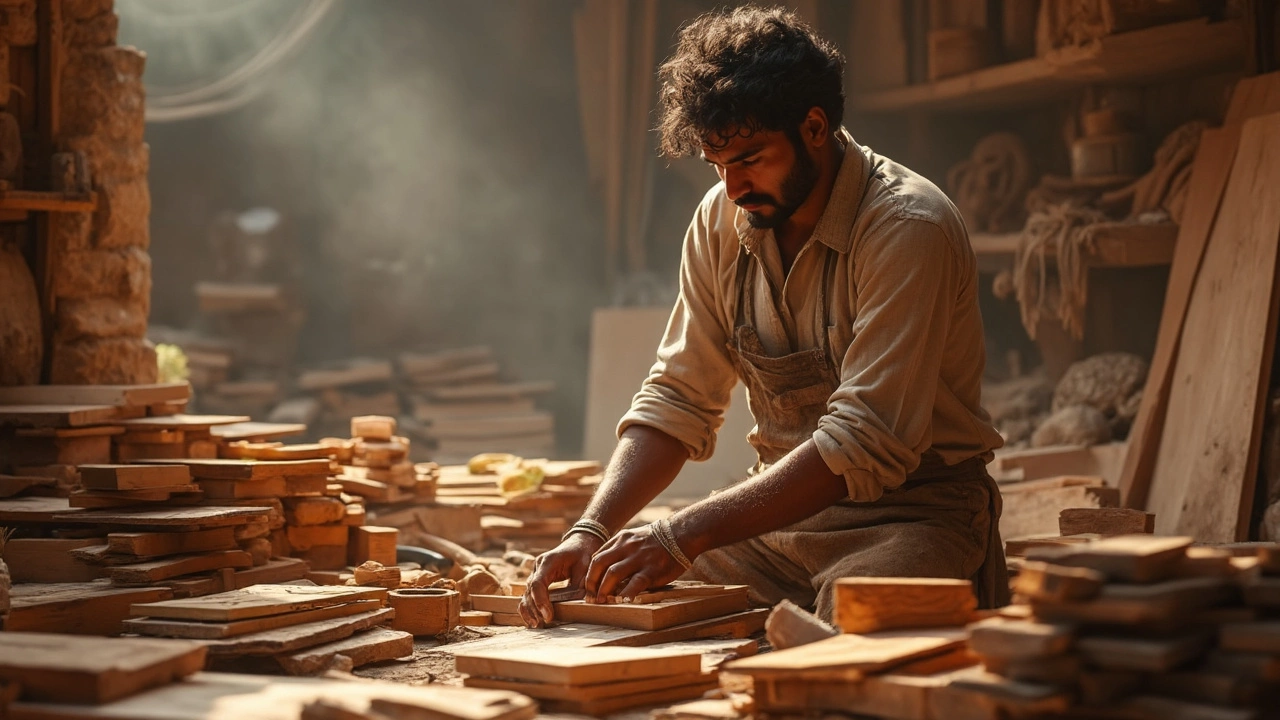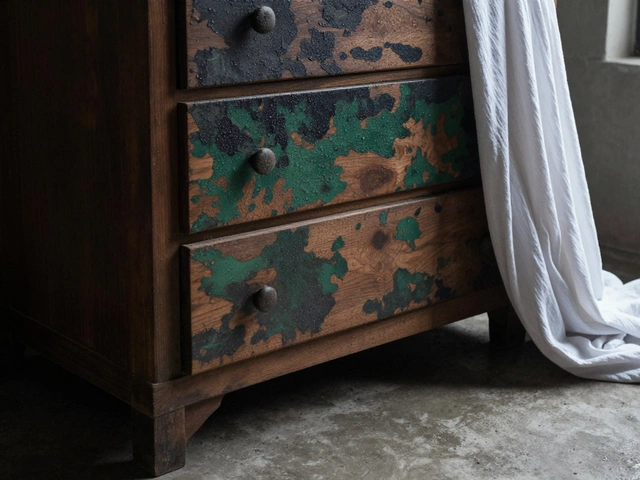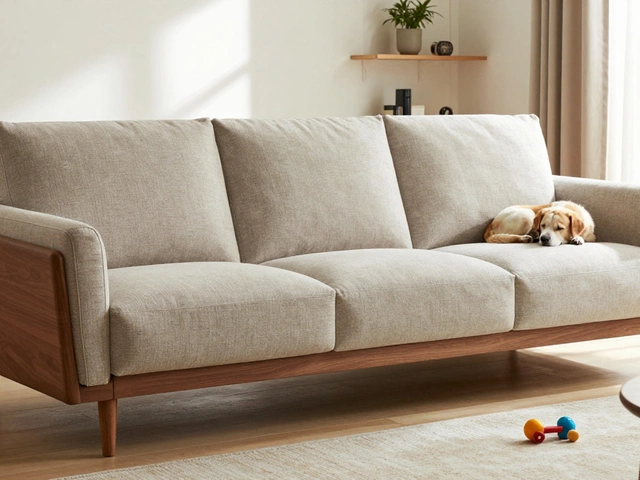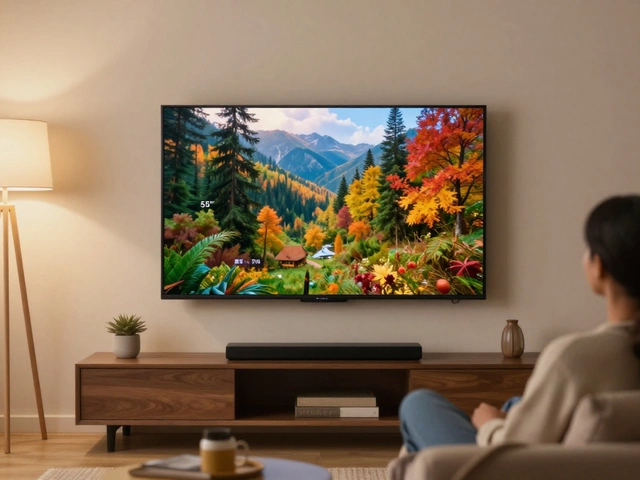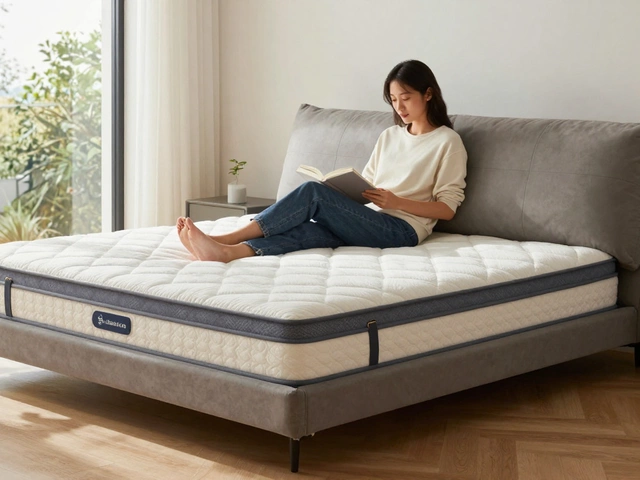Bookshelf Wood Types: How to Pick the Right Material
When you start planning a new bookshelf, the first question is usually "What wood should I use?" The answer depends on how much weight you’ll store, the look you want, and how much you’re willing to spend. Below we break down the most common woods, what they’re good at, and when they might fall short.
Hardwood Options: Strength and Classic Looks
Oak is a go‑to for many because it’s hard, stable, and has a beautiful grain that works with both modern and traditional décor. It can handle heavy books, decorative items, and even a mini‑bar without sagging. The downside? Oak is pricey and can be heavy to move.
Maple offers a lighter color and a tight grain that hides dents well. It’s great for contemporary spaces where you want a clean, sleek shelf. Like oak, maple is durable, but it can be a bit more expensive than pine.
Walnut brings a rich, dark tone that makes any room feel upscale. It’s strong enough for most uses, but because it’s a premium wood, the cost can add up quickly. If you’re after a statement piece and have the budget, walnut is a solid choice.
Budget‑Friendly and Versatile Softwoods
Pine is the most affordable option and works well for DIY projects. It’s lightweight, easy to cut, and takes paint or stain nicely. The trade‑off is that pine is softer, so it can dent or scratch over time, especially if you store heavy books.
Poplar sits between hardwood and softwood in price and performance. It’s fairly strong, takes finishes well, and is easy to work with. Poplar’s pale grain can sometimes look bland, so many people stain it to mimic a richer wood.
Birch is another budget‑friendly choice that offers a smooth surface and decent strength. It’s great for a light‑colored bookshelf that you plan to paint. Birch can warp if exposed to moisture, so seal it properly.
Aside from the wood itself, consider how the shelf will be built. Solid wood offers the best durability, but plywood or MDF with a wood veneer can give you the look of hardwood at a lower price point. Just remember that veneer can chip if it gets hit.
Finally, think about the finish. A clear polyurethane protects the wood while showing off grain, whereas paint can hide imperfections and match any wall color. If you’re unsure, start with a sample board and test a few finishes under your living‑room lighting.
Choosing the right bookshelf wood type boils down to balancing weight capacity, style, and budget. If you need a sturdy, long‑lasting piece for a home library, go with oak or maple. For a casual, budget‑friendly DIY project, pine or poplar will do the job. No matter which wood you pick, proper sealing and thoughtful design will keep your shelves looking great for years to come.
Best Wood for a Bookshelf: Your Guide to Picking the Perfect Material
Choosing the right wood for a bookshelf can make all the difference between a sturdy piece and a wobbly mess. This article breaks down the pros and cons of popular woods used in bookshelf making, from affordability to strength and appearance. You'll learn which types handle heavy books, which look best in your living room, and what to avoid if you're building or buying your own shelves. Even tips on what makes a bookshelf last and how to spot shortcuts some furniture stores take. Get clear, real-world advice for picking wood that actually holds up.
